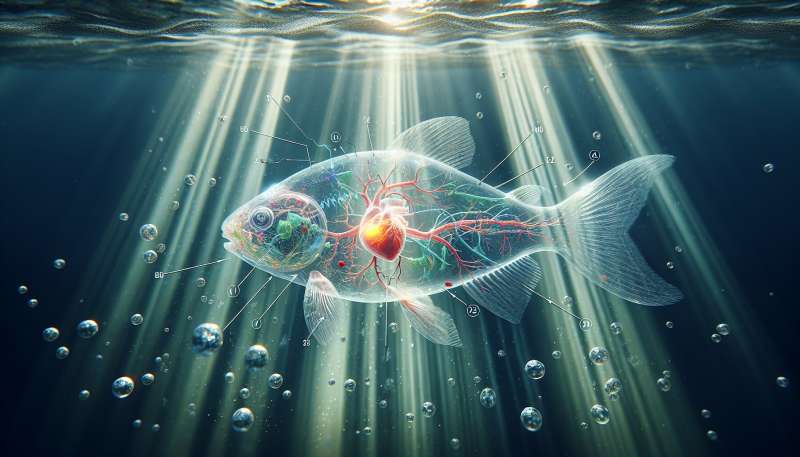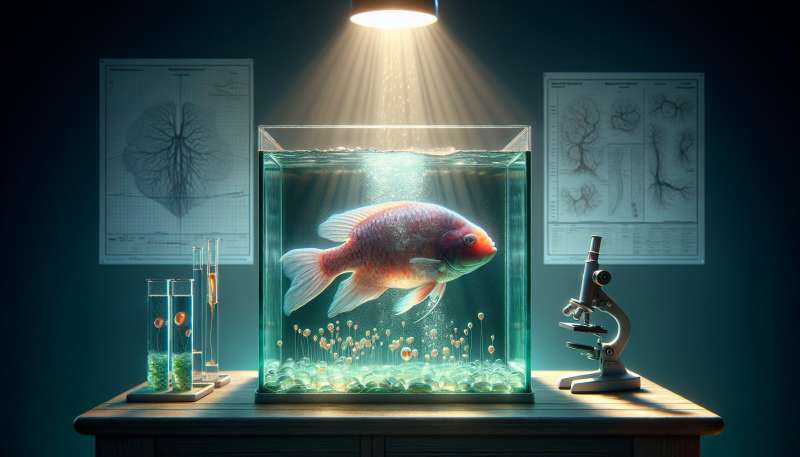
Fish Circulation Introduction
Fish have a closed circulatory system with a two-chambered heart. Unlike mammals, their blood completes its circuit in a single loop.
Single Loop Advantage
Single-loop systems are efficient for aquatic respiration. Gills directly oxygenate blood, reducing the need for a more complex system.
Heart Chambers Function
Fish hearts have an atrium that receives blood and a ventricle that pumps it out. Blood flow is unidirectional, enhancing respiratory efficiency.
Gills' Blood Filtration
Gill filaments facilitate gas exchange: oxygen enters the blood, and carbon dioxide is expelled. This process is vital for metabolism and energy.
Temperature and Circulation
Fish blood circulation varies with temperature. Cold-blooded fish adjust their heart rates to the water temperature, which influences their metabolic rates.
Red Blood Cell Insights
Fish red blood cells are unique; they contain nuclei, unlike mammalian red cells. This allows continuous gene expression and adaptation to changing oxygen levels.
Circulatory System Diseases
Fish are susceptible to circulatory disorders like anemia and heart abnormalities, often due to environmental stressors, pathogens, or nutrition deficiencies.Surprising Adaptation
Some fish can survive months without oxygen by metabolizing glycogen in their muscles into ethanol, which they excrete through their gills.
How many chambers in fish hearts?
Four chambers, like mammals
Three chambers, two atria, one ventricle
Two chambers, one atrium, one ventricle
Company